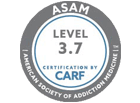Like many forms of therapy, art therapy garners mixed reactions from the recovery community. Its effectiveness is often disputed among rehab, PHP, and IOP program participants. At Royal Life Centers at Puget Sound, we believe nurturing guests’ creative side inspires and encourages and that art therapy, an integrative, dynamic form of therapy combining sensory and mental function, is an invaluable mental health teaching tool.
Research supports this idea— that various forms of visual art, including painting and sculpting, offer both mental and physical benefits to those dealing with depression, anxiety, PTSD, ADHD, and other mental health issues. Art therapy partially relates to how the body manages stress, according to Christianne Strang, president of the American Art Therapy Association and neuroscience researcher, which is why the link between art and mental health exists.
Physiological emotions— those that trigger adrenaline spikes— can manifest in artwork, as art therapy techniques focus not on the final product, but on the steps and processes taken to create the finished piece. Something as simple as coloring in a coloring book, for example, can relieve stress and foster a sense of accomplishment.
When facilitated by a licensed therapist, art therapy is thought to be even more effective and to build on social skills, support personal and treatment goals, enhance self-efficacy, and improve brain function. Positive reinforcement from an art therapist can encourage guests artistically, as well as help them to feel comfortable sharing their findings.
What is art therapy?
According to the Center for Mental Heath in Schools at UCLA, art therapy, as a form of nonverbal communication, promotes expression of both unconscious and conscious feelings and thoughts. This expression is often compared to the traditional model of discussing mental health issues with a counselor, widely regarded as an essential part of treatment.
Is it for me?
Art therapy is for anyone, not just those who are “good at” art. People who don’t consider themselves artistically talented and people who don’t enjoy creating art may very well find themselves engaged with an art therapist they like and with art techniques they’ve never tried. They might even make new discoveries about themselves.
How is art therapy different from other forms of therapy?
Most “traditional” therapy models involve a discussion between a patient and a therapist. Therapy sessions are typically structured as individual or group therapy sessions. Specific kinds of therapy might include psychoanalysis, cognitive behavioral therapy (CBT), Gestalt therapy, and holistic therapy, among others. We believe in the therapeutic power of both group and one-on-one sessions and approach therapy through the CBT and Gestalt lenses.
Art therapy, in contrast, is not a discussion, but rather a mind-body interaction with artistic media. Patients focus on the process at hand— the “here and now,” the “why”— rather than the final picture, painting, or sculpture and reveal hidden and obvious meanings in so doing.
What sort of art do you make in art therapy?
Our guests engage in a program of emotional processing by mapping vision boards, planning collages, painting, and other abstract art. Other forms of art therapy may include drawing and sculpting using a variety of media.
Why should I give art therapy a try?
Why not? If you’re on the path to recovery, you might as well try it out. We take pride in our seminar-style art therapy courses, which help guests to explore what they are passionate about, add new skills to their repertoire, and achieve balance and authenticity in their lives.
If you are ready to take the first step toward recovery and a life free from substance use, or are struggling with making this decision, please contact us today.












